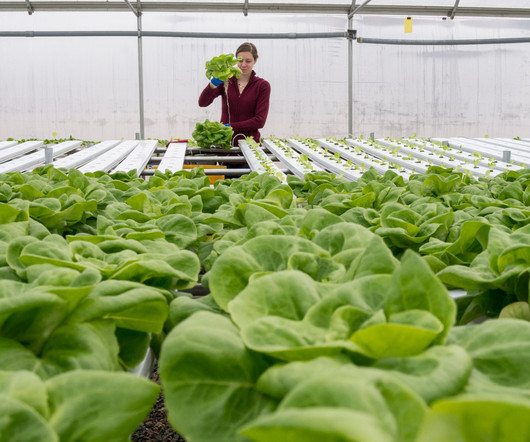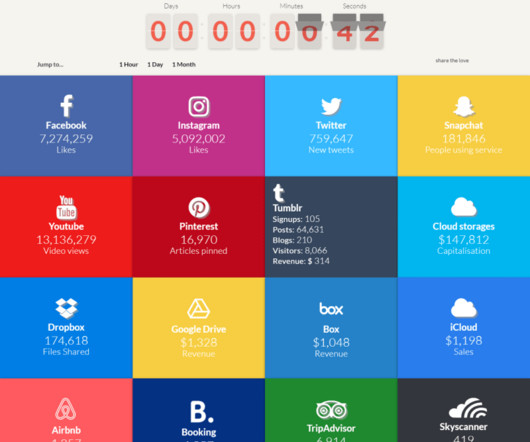Lumina Foundation’s "Stronger Nation" Gets a Powerful New Data Experience
Darkhorse
MARCH 4, 2025
Their new Credentials of Value metric measures how many Americans hold a credential and earn at least 15% above the median wage of a high school graduate. labor force holding a credential of value by 2040. Thats why Lumina is shifting focus from attainment alone to attainment + earnings outcomes. 75% of the U.S.















Let's personalize your content